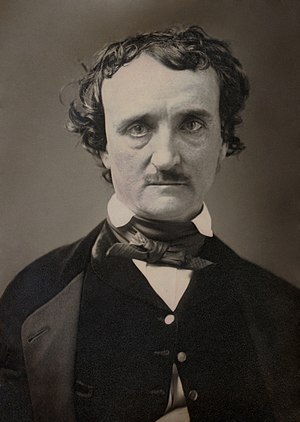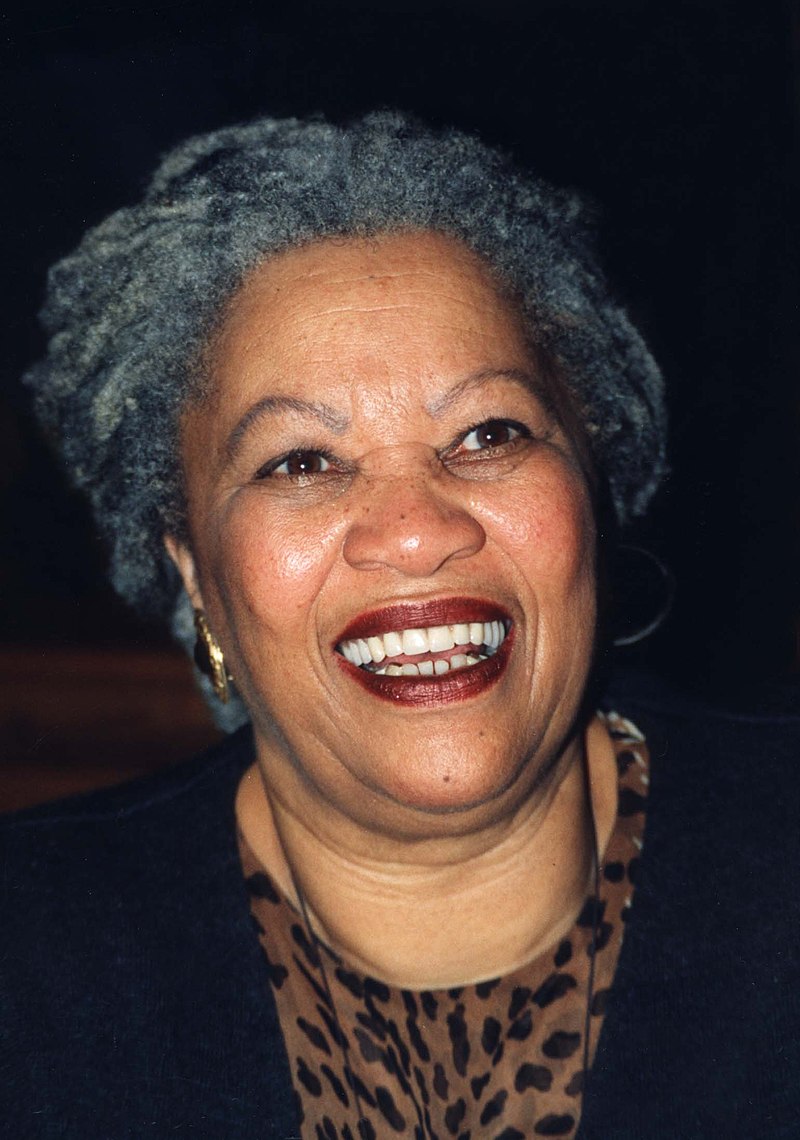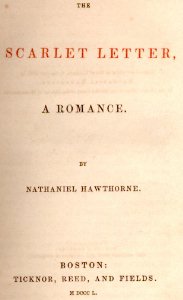The first artists to visit what is now the east coast of the US were British artists, often employed as cartographers and explorers. Many times, they used watercolor to depict the native way of life here and to paint the scenery. The styles were chiefly British painting styles of the day. In Colonial times, portrait painting and historical paintings were still the big form of art, still keeping to the British styles. For most of these painters, they were self-taught, studying the European greats of the time. Artists popular during this time include John Singleton Copley, Robert Feke, Gilbert Stuart, Charles Wilson Peale and his brother James Peale, and John Trumbull.
 |
| Watson and the Shark, by John Singleton Copley |
The early 1800s saw the first established American art movement known as the Hudson River School. Landscape painting showcasing the American beauty of its westward expansion. Its mountains, seas, flora and fauna, and the people who lived here became the subjects for their simplistic yet realistic paintings. Artists known during this period include Mary Cassatt, Thomas Cole, Albert Bierstadt, Robert S Duncanson, John James Audubon (yes, THAT Audubon; he got started by painting birds), and James McNeill Whistler.
 |
| The Child's Bath by Mary Cassatt |
The 20th century saw several different types of art movements and styles pop up. American realism was popular during the early part of the 20th century followed by the modernist movement, which included such styles like cubism, abstract art, and photography. The west and southwest became the place for artists to paint and draw, which inspired artists like Georgia O’Keefe, Walter Ufer, and Bert Geer Phillips. On the other side of the country, the Harlem Renaissance was pushing black artists to the forefront like Jacob Lawrence, Charles Alston, and Augusta Savage. The 1950s and 1960s introduced a number of other modern artistic styles, like pop art, Neo-Dada, minimalism, conceptual art, among many others. It was a time for artists to be completely free to express themselves, to try new things, to make a point or have no point at all. A few 20th century artists of note include George Bellows, Grant Wood, Edward Hopper, Jackson Pollock, Milton Avery, Jean-Michel Basquiat, Andy Warhol, Ansel Adams, Norman Rockwell, Mark Rothko, and Frank Lloyd-Wright.
 |
| American Gothic by Grant Wood |
The vast majority of literature written in the United States is written in English, although there is some that is written in a few immigrant languages. Native Americans have a strong tradition of oral storytelling, and many of these stories have been written down to be preserved. There’s also been a push to preserve some of these native languages, especially since several languages are in danger of going extinct as the last speakers pass away.
 |
| Common Sense by Thomas Paine |
During the earliest days of settlement along the eastern seaboard, the literature that was available was mainly brought over from Britain. Most of the first pieces written in the US were histories and accounts of explorers and settlers as well as religious texts. There were several attempts at translating the Bible into native languages like Algonquian. Two early pieces that had a great influence were Thomas Paine’s Common Sense and Benjamin Franklin’s Poor Richard’s Almanac. Next came three works that would go to define the US as it is: The Declaration of Independence, The US Constitution, and the Federalist essays (any Hamilton fans out there?).
 |
| Edgar Allan Poe |
The first novels were published during the late 1700s and early 1800s, at a time when literacy rates of both men and women were increasing. Thomas Attwood Digges’s Adventures of Alonso was published in London (most literature was still published in London at this time) in 1775, and Susanna Rowson published Charlotte: A Tale of Truth in 1791. Another big name from this early period is James Fenimore Cooper, famous for his novel Last of the Mohicans (1826), although I prefer his novels The Pathfinder and The Deerslayer. Washington Irving also greatly influenced early works with timeless short stories like “Rip Van Winkle” and “The Legend of Sleepy Hollow.” Not to mention the spooky and macabre short stories of Edgar Allan Poe. Ralph Waldo Emerson helped push through a new literary movement known as Transcendentalism, which introduced other authors like Henry David Thorough (famous for Walden).
The mid 1800s saw a change in literature but still maintained a distinct American quality for which many of these novels would become classics and required reading. Nathaniel Hawthorne published Twice-Told Tales and The Scarlet Letter. Herman Melville would create his famous Moby Dick and Billy Budd. African American and Native Americans would also become title characters and subjects in many literary classics such as Frederick Douglass’s Narrative of the Life of Frederick Douglass, Harriet Beecher Stowe’s Uncle Tom’s Cabin, and John Rollin Ridge’s The Life and Adventures of Joaquín Murieta. The latter part of the 1800s introduced more regional works such as the works from Mark Twain (introducing us to Huckleberry Finn and Tom Sawyer), Henry Miller, Stephen Crane, and Theodore Dreiser (I highly recommend Sister Carrie).
Now to my favorite period of American literature: early and mid-20th century literature. Authors in the early part of the century took the opportunity to address certain societal issues going, stretching what was socially accepted to discuss, like the works of Sinclair Lewis (my all-time favorite American author) and Upton Sinclair. The Midwest and Western regions were common settings, as seen in the works of Willa Cather and Sherwood Anderson. F. Scott Fitzgerald’s The Great Gatsby encompassed the Jazz Age. Ernest Hemingway and William Faulkner (who was known for his stream of consciousness writing, a style which I’m not really a fan of) introduced new styles of writing and used war and human flaws in character development. Writers like John Steinbeck, James Agee, Henry Miller, and Nathanael West maintained their craft even through the Great Depression years.
 |
| This was my favorite novel when I was in college. |
The 1950s and 1960s saw the rise of the Beatniks, championed by writers like Allan Ginsburg, Jack Kerouac, and William S Burroughs. Many of our modern classics came out of this time, including The Catcher in the Rye (J.D. Salinger), Slaughterhouse-Five (Kurt Vonnegut), Catch-22 (Joseph Heller), The Bell Jar (Sylvia Plath), and Lolita (Vladimir Nabokov). And I would be remiss if I didn’t mention African-American authors like Ralph Ellison, Richard Wright, Toni Morrison, and Maya Angelou publishing works that would be read by the masses.
.jpg) |
| T. S. Eliot |
When it comes to poetry, some of the early poets started to become popular in the early 1800s (you may recognize some of these names from having read them in school), including Henry Wadsworth Longfellow, Oliver Wendell Holmes Sr, Walt Whitman, and Emily Dickinson. As we headed into the 20th century, the rigidity of rhyme and meter went to the wayside; poetry became much more experimental. Poets like T.S. Eliot (my all-time favorite poem is his “The Lovesong of J. Alfred Prufrock”), Robert Frost, Ezra Pound, William Carlos Williams, Edna St. Vincent Millay, and Langston Hughes have indelibly shaped the fabric of American literature. Likewise, the same goes for playwrights like Tennessee Williams, Edward Albee, August Wilson, Tony Kushner, Arthur Miller, and Eugene O’Neill.
 |
| Toni Morrison |
There have been 13 American authors who have been awarded the Nobel Prize for Literature: Sinclair Lewis (1930), Eugene O’Neill (1936), Pearl S. Buck (1938), T. S. Eliot (1948), William Faulkner (1949), Ernest Hemingway (1954), John Steinbeck (1962), Saul Bellow (1976), Isaac Bashevis Singer (1978, he wrote in Yiddish), Joseph Brodsky (1987, wrote in English and Russian), Toni Morrison (1993), Bob Dylan (2016), and Louise Glück (2020).
Up next: music and dance



No comments:
Post a Comment